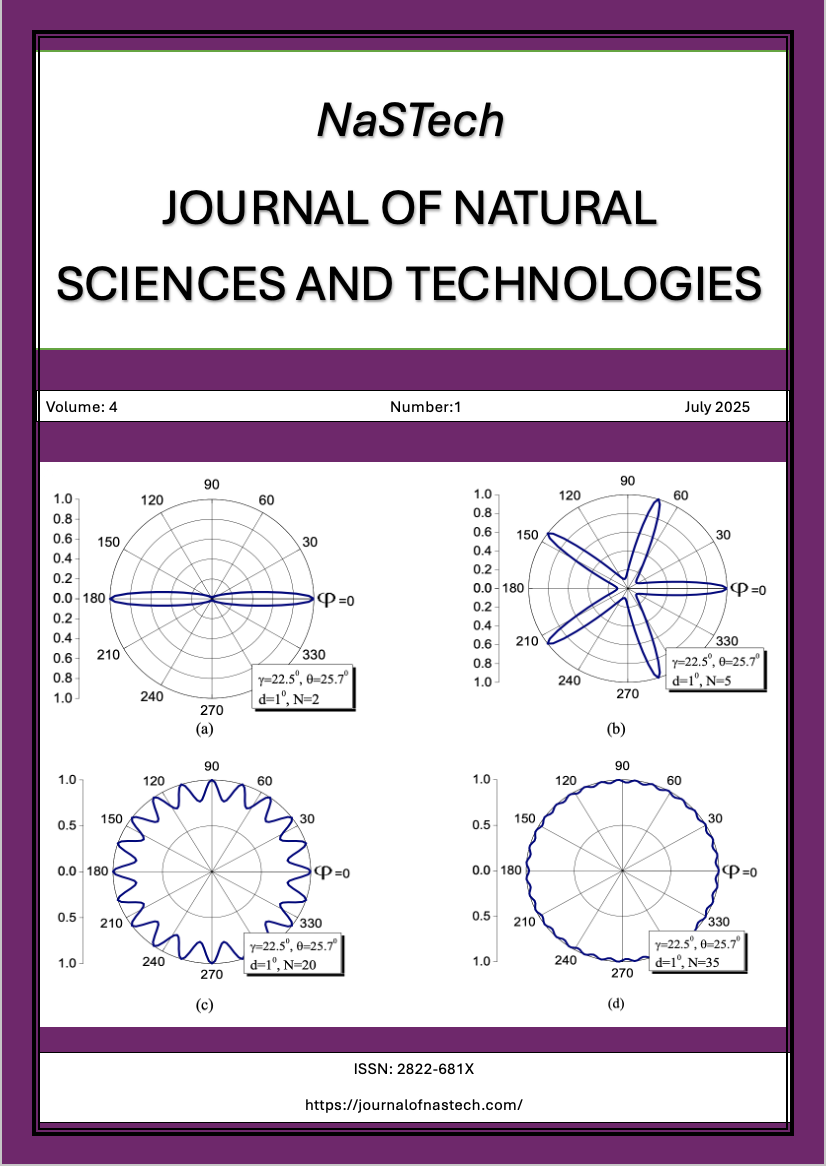FORMATION OF A CYBER-RESILIENT ECOSYSTEM OF HIGHER EDUCATION: AN INTERDISCIPLINARY AND PRACTICAL APPROACH
DOI:
https://doi.org/10.5281/zenodo.16478573.Keywords:
cybersecurity, higher education, cyber resilience, cyber labs, academic policy, digital skillsAbstract
In the context of growing global cyber threats, universities are increasingly seen as key actors in strengthening cyber resilience at the national and international levels. The article examines the strategic role of higher education institutions in the formation of a safe digital environment through educational, research and institutional activities. The review began with an analysis of the current threat landscape, including hybrid attacks, artificial intelligence challenges, and a shortage of qualified specialists. Further, the concept of the university as a multifunctional agent – educational, innovative and normative – was formed.
The paper carried out a comparative analysis of the best practices of the world's leading universities (including MIT, KU Leuven, NUS), which made it possible to identify common approaches: integration of cybersecurity into programs not only of IT specialties, creation of cyber laboratories, participation in international projects and the introduction of interdisciplinary training. Based on the results of the study, a set of practical recommendations for universities seeking to strengthen their own cyber resilience is formulated. We are talking about updating training programs, using simulation platforms, building partnerships with businesses, and implementing internal digital security policies. The article offers universities a roadmap for the transition from traditional educational institutions to institutions – centers of digital resilience
References
ENISA. Threat Landscape 2023: Looking back at the major cybersecurity events. European Union Agency for Cybersecurity. 2023. Available at: https://www.enisa.europa.eu
ECCC. The European Cybersecurity Competence Centre and Network. 2023. Available at: https://www.eccc.europa.eu
European Cybersecurity Skills Framework (ECSF). ENISA, 2022. Available at: https://www.enisa.europa.eu/publications/european-cybersecurity-skills-framework
NICE Framework. National Initiative for Cybersecurity Education. National Institute of Standards and Technology (NIST), U.S. Department of Commerce. 2020. Available at: https://www.nist.gov/itl/applied-cybersecurity/nice
Howard P., Prince J. Cybersecurity education in universities: best practices and trends. Journal of Cyber Policy. 2022. Vol. 7(1). pp. 85–98.
Tsoumas B., Gritzalis D. Enhancing cyber resilience through academic-industry collaboration: A European perspective. Computers & Security. 2021. Vol. 104. Article 102185.
Wangen G., Snekkenes E. A framework for managing cybersecurity risks in higher education institutions. Computers & Security. 2020. Vol. 92. Article 101752.
Ahmad A., Hadgkiss J., Ruighaver A. Incident response teams—Challenges in supporting the organizational security function. Computers & Security. 2012. Vol. 31(5). pp. 643–652.
Cyber Ranges and Simulation Platforms in Cybersecurity Education. European Cyber Security Organisation (ECSO). 2023. Available at: https://ecs-org.eu
Khan S., Woodward A. Building effective cybersecurity curricula: a global benchmarking study. ACM Transactions on Computing Education. 2020. Vol. 20(3). Article 18. pp. 1–30
Kuzminykh I., Yevdokymenko M., Yeremenko O., Lemeshko O. Increasing Teacher Competence in Cybersecurity Using the EU Security Frameworks. International Journal of Modern Education and Computer Science (IJMECS). 2021. №6. pp. 60–68. DOI: https://doi.org/10.5815/ijmecs.2021.06.06
Published
How to Cite
Issue
Section
License
Copyright (c) 2025 Journal of Natural Sciences and Technologies

This work is licensed under a Creative Commons Attribution 4.0 International License.




